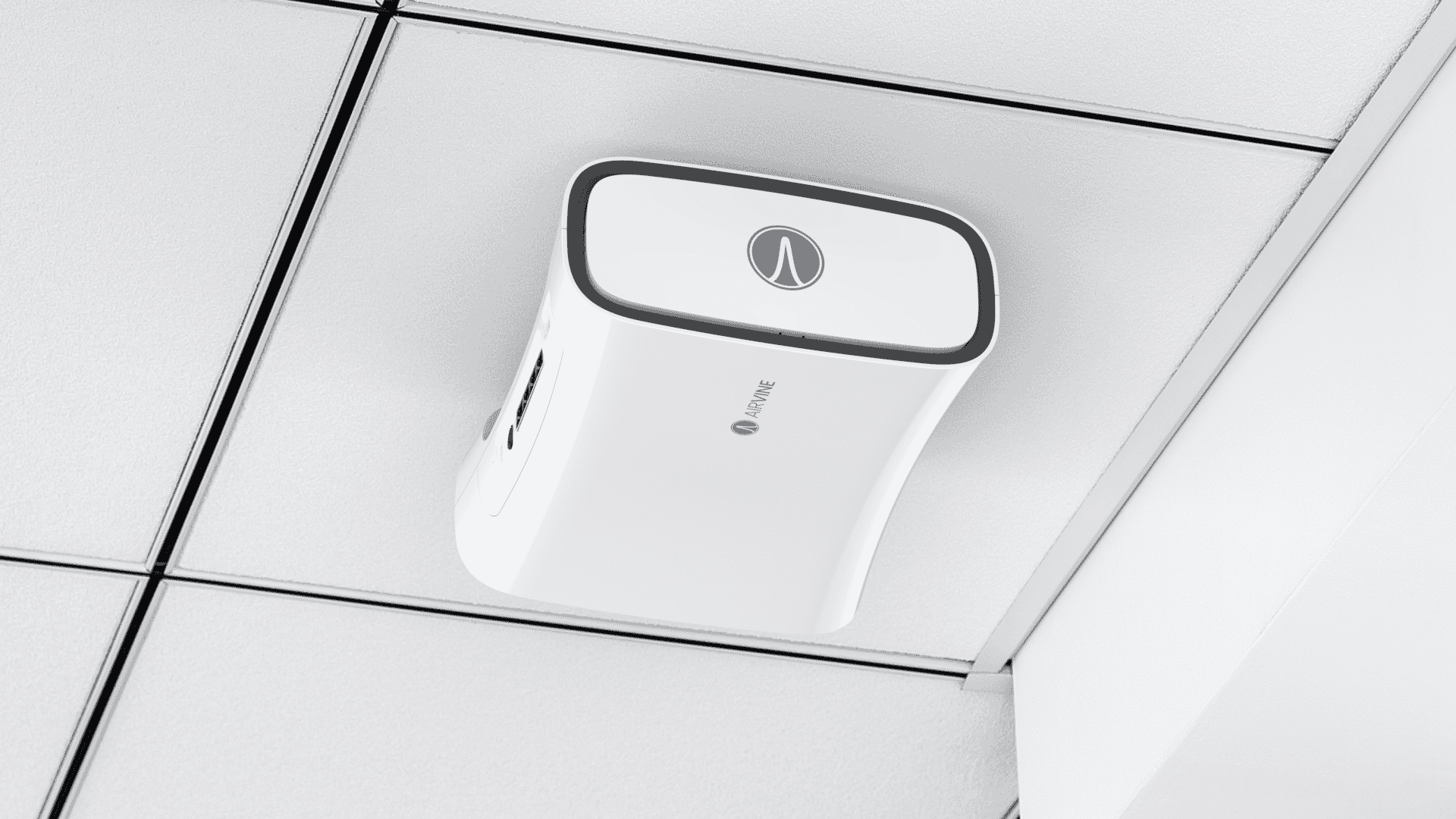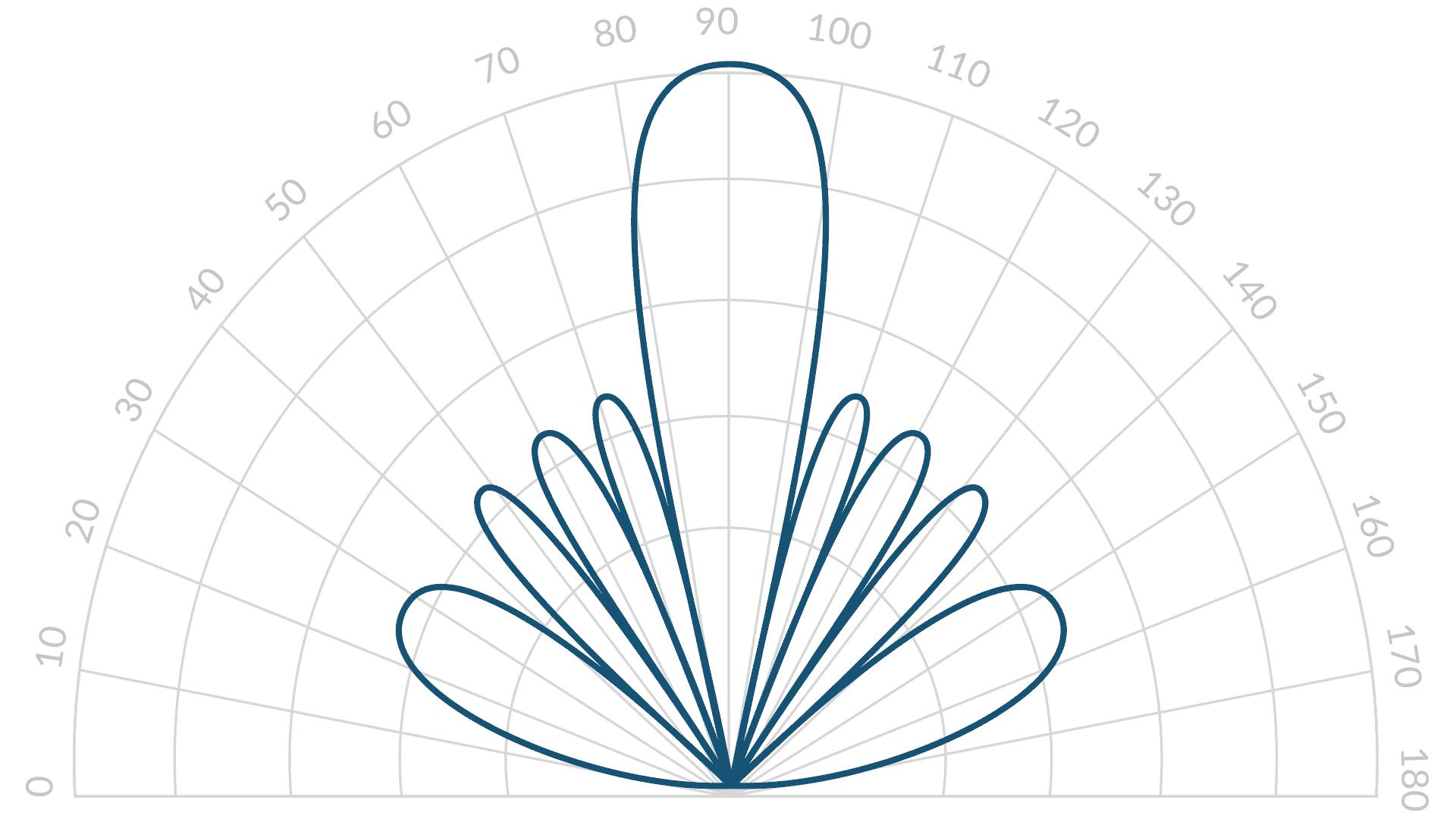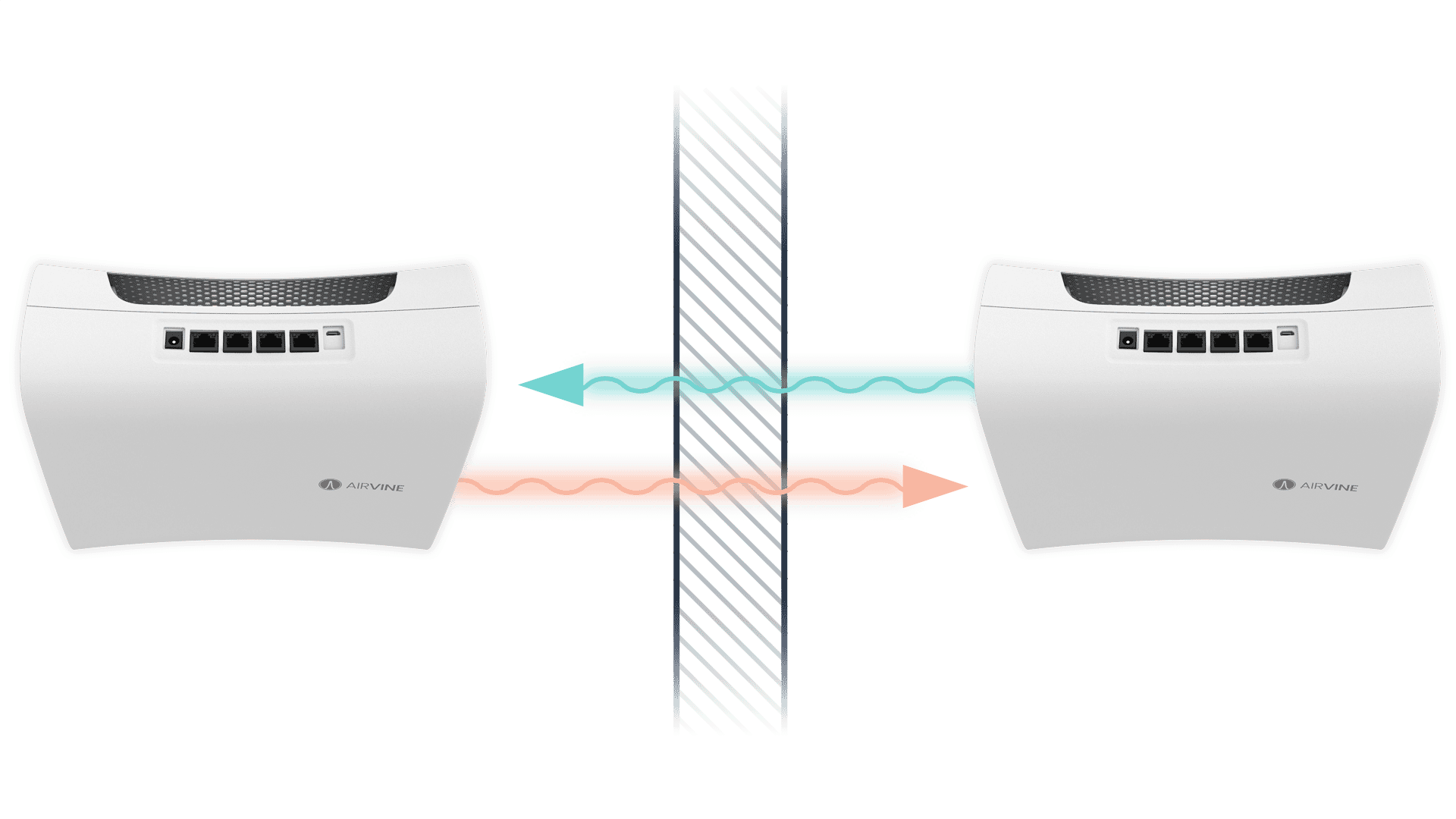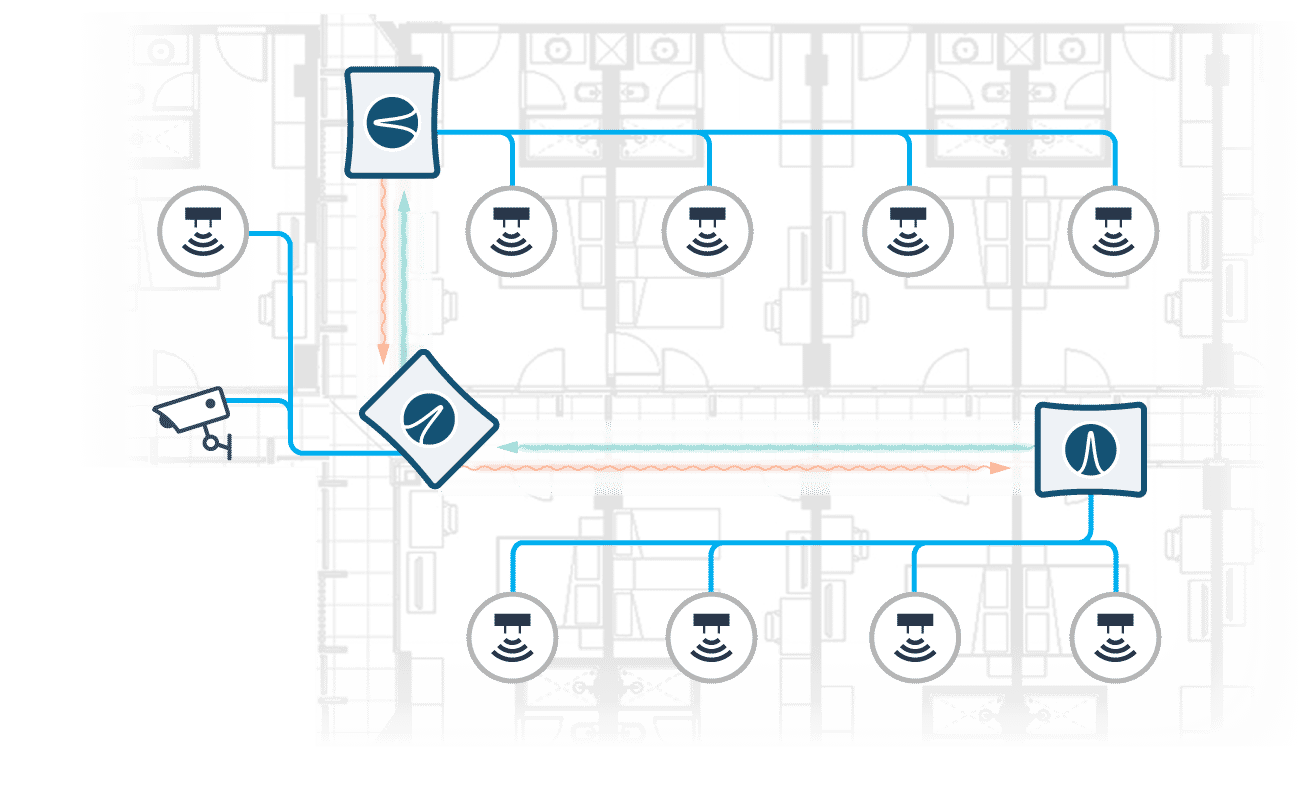There is a plethora of outdoor 60GHz point-to-point and point-to-multipoint solutions on the market today. When it comes to outdoor applications the market is well served. However, when it comes to serving the emerging indoor wireless Ethernet backhaul market, a completely different set of requirements must be met, and the typical outdoor product falls short. Despite these deficiencies some people are experimenting with using these outdoor systems for indoor applications. As detailed below these products lack critical functionality and features necessary to succeed in the indoor wireless market. For indoor 60GHz there is only one system that has been designed from the ground up to address the indoor wireless Ethernet backbone market. The WaveTunnel by Airvine has been designed from the get-go to fulfill this market need.

There are several products that do a great job as single hop, point-to-point outdoor solution. When you take those systems indoors, which is where the WaveTunnel is designed to operate and the Airvine focus lies, they do not offer the features necessary for a flexible wireless backbone. With the WaveTunnel we offer:
- Beam steering +/- 60 degrees: This not only makes installation much simpler but allows us to go around 90-degree corners such as corridors which are common in indoor networks. The performance of the WaveTunnel at the edges of this steering is extremely high. The typical outdoor systems have front ends that are often several dB down at the edges of their steering if they have beam steering at all.

- Wall Penetration: The WaveTunnel was specifically designed with enough system gain to penetrate most indoor walls. Sheetrock, wood, glass are not an impediment to a link, in fact that is what the product was designed to do. If you can’t penetrate walls in a true NLOS operation then a given product is very limited in its ability to be used as an indoor backhaul system.

- Support for all 6 channels: The WaveTunnel nodes deliver excellent performance across frequency channels, from channel 1 to 6 with minimal deviations. Many outdoor 60GHz systems only support 4 channels. Having all 6 channels in play with the WaveTunnel is an important feature as you deploy a more extensive network as detailed below. Single hop? 4 channels are fine. A deployment that spans multiple point-to-point-to-point-to-point hops requires all 6 channels to be effective and avoid self-interference.
- Topology: All the outdoor products are point to point only. Meaning one hop. The WaveTunnel system is a multi-hop product with the number of hops being limited only by the application’s latency and throughput requirements. This is achieved as each WaveTunnel node contains two 60GHz radios. With this ability, being deployed as a daisy chain coupled with the beam steering described above means the backbone can cover the most complicated topologies conceived. In addition, the WaveTunnels can be deployed in a ring ensuring up time, with automatic traffic re-routing in the event of a break in any of the links.

- Built in 4 port PoE Out switch: Each WaveTunnel node offers 4 PoE out ports supplying up to 60W on a single port, with a total power budget of 120W. These ports can power Wi-Fi Access Points, cameras, IoT systems and more. With full VLAN support the WaveTunnel obviates the need for an IDF, which in indoor networks can be a big deal. No special room with HVAC and power is required for an IDF switch, a common requirement for wired networks.
For an outdoor application that only requires a single, simple, clear LOS connection, any of the available outdoor systems are a good choice. However, if you are looking to deploy a more extensive indoor backhaul network, then the features described above become critical for a successful product.
We offer our VineCalculator on the Airvine website where you can play with various types of walls, thicknesses, beam angles etc. and see how the system will perform. Come on in, we have the right solution for you.


